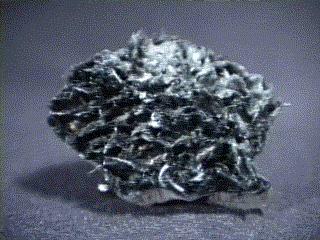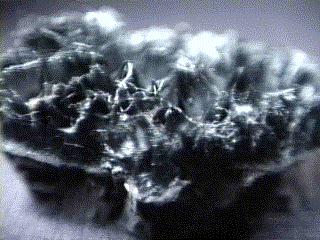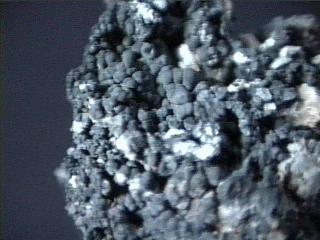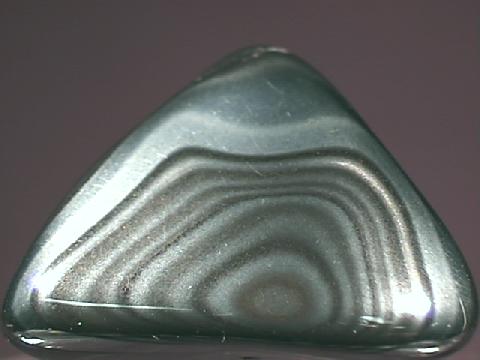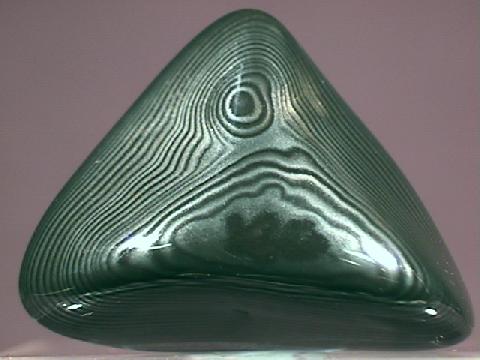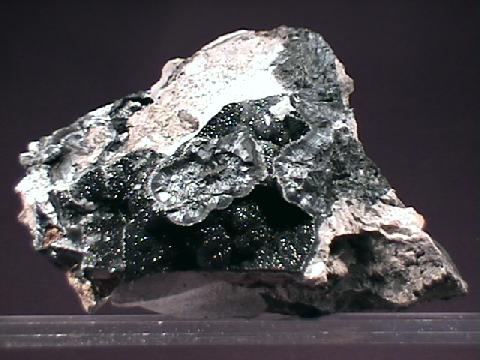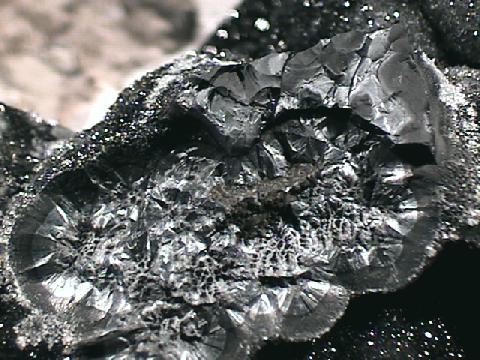 The Mineral PSILOMELANE
The Mineral PSILOMELANE
- Chemical Formula: No fixed formula, but sometimes Ba(Mn+2)(Mn+4)8O16(OH)4 is used, Barium Manganese Oxide Hydroxide
- Class: Oxides and Hydroxides
- Uses: an ore of manganese and as a mineral specimen
Specimens
Psilomelane, although not as common as pyrolusite, is still an important ore of manganese. Manganese is a strategically valuable metal since it is an essential ingredient in steel and other alloys. The mining term "wad" is used to indicate ores that are a mixture of several manganese oxides such as psilomelane, pyrolusite and others that are difficult to distinguish.
Psilomelane is often banded with gray pyrolusite and the alternating layers make an attractive polished stone with bands of metallic gray and submetallic black. Psilomelane also forms tufts of hair-like aggregates that are similar to those produced by pyrolusite. However, the difference in luster between the two minerals is usually sufficient to distinguish them. Earthy specimens as well are difficult to differentiate since both minerals tend to have a dull luster when found in this habit. Fortunately pyrolusite's softness will give it away when it leaves marks on paper and fingers.
PHYSICAL CHARACTERISTICS:
- Color is variable from iron-black to bluish black to steel gray.
- Luster is submetallic to dull in earthy specimens.
- Transparency crystals are opaque.
- Crystal System is monoclinic.
- Crystal Habits include massive, fibrous, botryoidal, columnar, stalactitic, concretionary, powdery and earthy.
- Cleavage is absent.
- Fracture is conchoidal to uneven.
- Hardness is 5 - 5.5.
- Specific Gravity is 4.4 - 4.5 (heavy for non-metallic minerals)
- Streak is black or brownish black.
- Other Properties: sometimes banded with the mineral pyrolusite producing alternating bands of metallic gray and submetallic black.
- Associated Minerals are barite, hematite, quartz, pyrolusite and other manganese oxide minerals.
- Notable Occurances include Austinville, Wythe County., Virginia, Upper Pennisula of Michigan and Tuscon, Arizona, USA; Schneeburg, Germany; Cornwall, England; Ouro Preto, Minas Gerias, Brazil and elsewhere.
- Best Field Indicators are habits, luster, hardness, color and streak.

